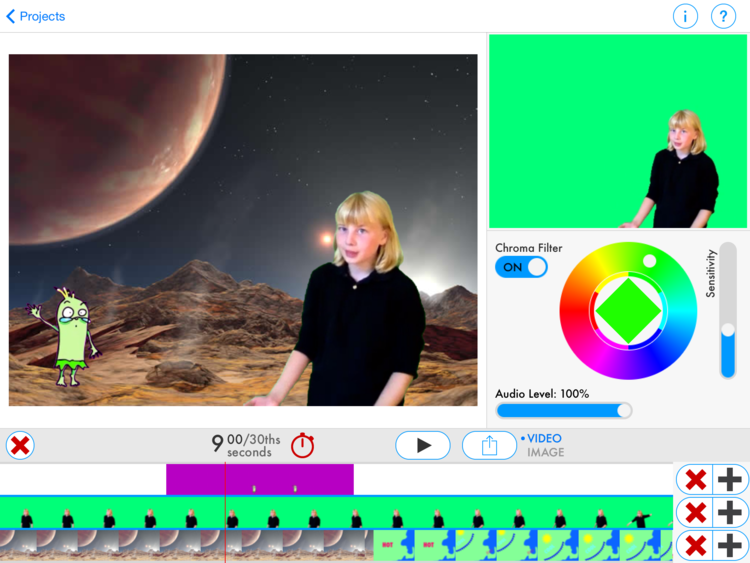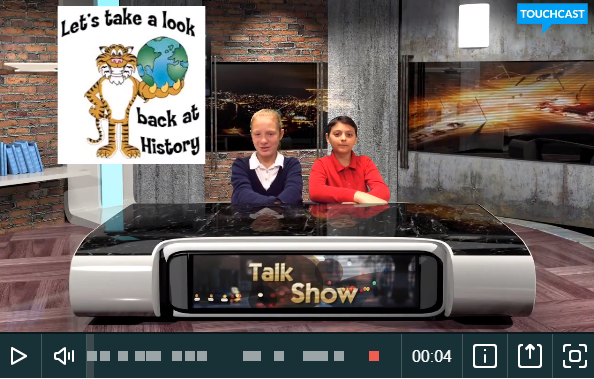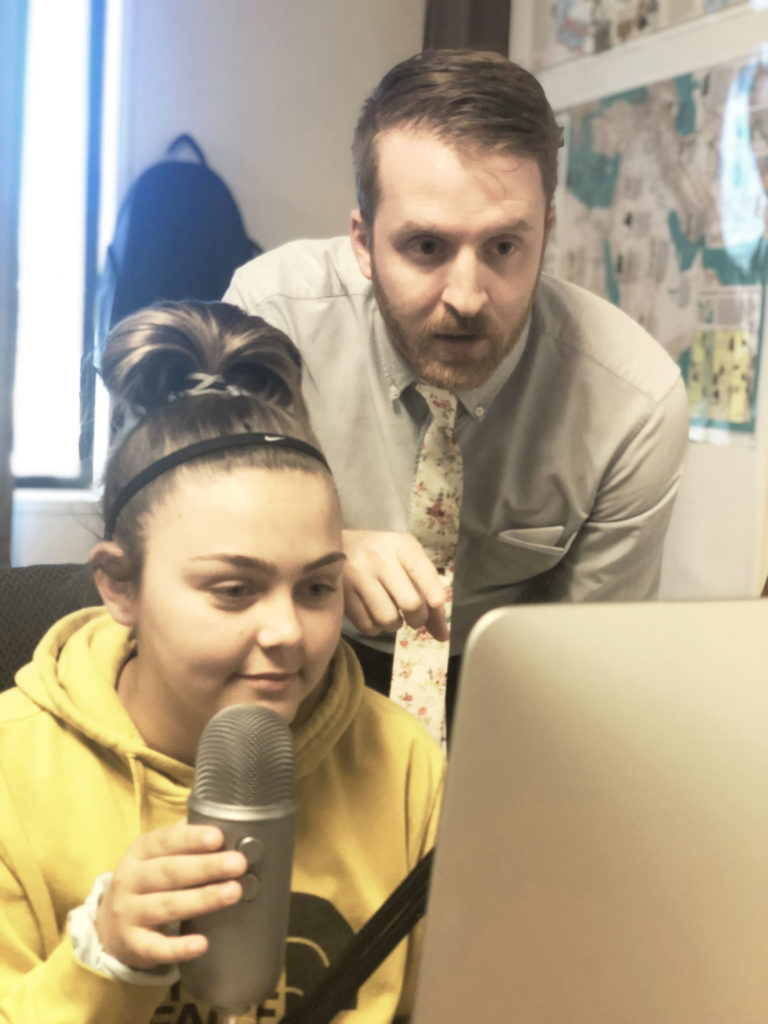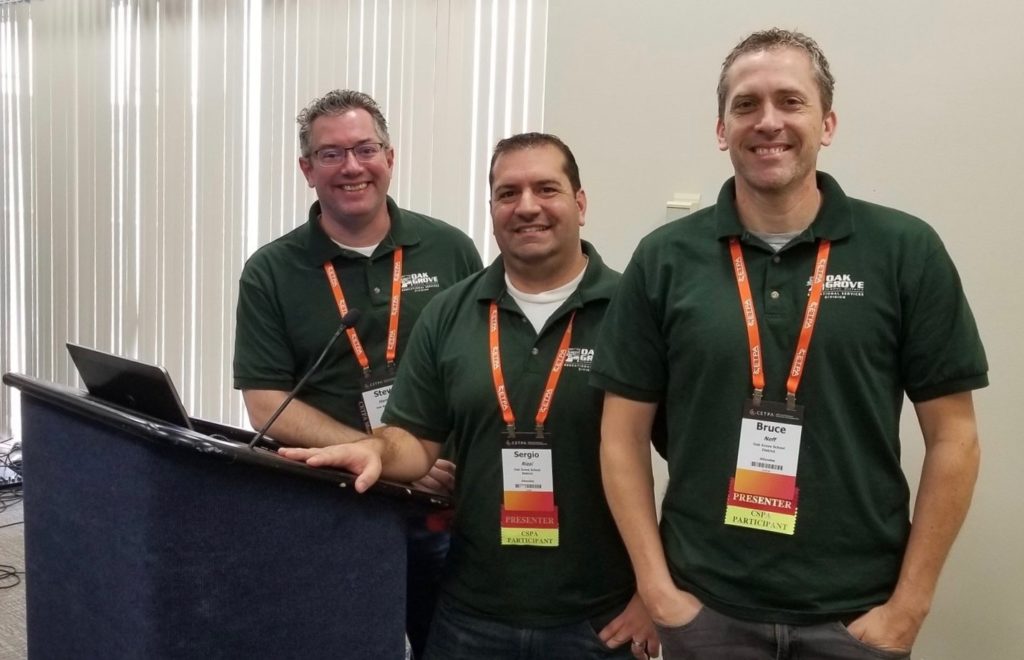Imagine a fifth-grade field trip into the deepest Amazon jungle without needing mosquito repellent. Or having students chat with astronauts floating 50 miles above Earth, then producing a news program about the out-of-this-world interview. Or your class collaborating with students around the globe to create and customize robots and other innovations with open-source programming and 3-D printers.
These adventures are possible right now with educational technology (EdTech), which is allowing students and educators to go further and explore their imaginations in the pursuit of knowledge more than ever before. And whether you’re just getting comfortable using Google Forms to create multiple-choice assessments or your students are learning coding in Scratch, the future is at your fingertips.

“Technology has the capability to reimagine learning,” says Kasey Canale, an EdTech coach at Westminster School District and member of the Westminster Teachers Association. “We can use technology to increase student engagement; to differentiate instruction and allow students to apply their learning in a variety of ways; and to provide students with opportunities to learn outside the four walls of the classroom. Once an educator truly experiences this ability to reimagine learning with technology, they’ll never look at lesson design the same way again!”
Trending tech boosts interactivity, engagement
Interactivity, shared experiences and immersive “reality” are at the forefront of current instructional technologies. Using EdTech to foster collaboration allows for differentiated instruction and opportunities for students to teach as well as learn. With all the world’s knowledge at their disposal, education has become less about the information itself and more about how to use it to solve problems.
This is a big part of why educators are utilizing devices like iPads and Chromebooks in conjunction with software, apps and other digital tools to increase student collaboration, help make class time more efficient, and allow students to grow in ways best suited to their learning styles.

“As an EdTech department, we have been focusing on the learning goals and how technology can help enhance, differentiate, level the playing field for all students, and provide that ‘voice and choice’ for students,” Canale says. “Teachers have been doing a great job using tech purposefully with ‘learning first, technology second.’ ”
Steve Harmon, an education technology specialist with Oak Grove School District in San Jose, says screen-sharing applications like Google Cast create a more interactive learning environment, allowing any student to present to the entire class in a fraction of the time it would have taken to “plug in” at the front of the room. It’s a step forward from previous tools and approaches that limited experiences to one student at a time.
“This modern version of show-and-tell opens many doors for student interactivity during lessons,” says Harmon, a member of the Oak Grove Educators Association. “The learning community is one click away.”
An ever-smaller world
EdTech continues to shrink our world. Augmented reality (AR) and virtual reality (VR) let students take virtual field trips to Mt. Everest or the International Space Station without leaving the comfort and safety of the classroom. Many museums also have virtual and augmented reality experiences that offer the sights and sounds of historic moments and artistic masterpieces, such as the Museum of Modern Art and the National Archives.

“One of our world history teachers just participated in the 75th anniversary of D-Day electronic field trip hosted through the National World War II Museum with great success,” says Andy Mitchell, teacher in Sonoma Valley Unified School District and member of the Valley of the Moon Teachers Association.
Kristin Bowling, director of technology services at Enterprise Elementary School District, says that allowing students to learn about a particular topic and then use AR/VR to interact with it brings the learning to life.
“I have seen students travel to faraway places and then into the circulatory system in our bodies through headsets,” says Bowling, a member of the Enterprise Elementary Teachers Association. “Students are able to connect their knowledge with what they are seeing, which creates a stronger mastery of the concept. It’s realia of the 21st century.”
And it’s not just taking virtual trips across space and time; video streaming technology brings the world’s experts into classrooms, providing students with access to working scientists, mathematicians, engineers and other brilliant minds.
“We can bring in experts from anywhere in the world — or off-world in the case of astronauts — to share information with students. Before, this would be contingent on the expert’s calendar and location, whereas now it can be scheduled more easily and allow a more robust interaction with students,” says Oak Grove education technology specialist Sergio Rizzi.

EdTech naturally lends itself to a variety of project-based learning opportunities, giving students opportunities to dive deep and develop multiple skills at the same time. Canale has been using video-based, student-led news shows to teach sixth-graders everything from ancient history to marketing. With video editing software like Touchcast or WeVideo, Canale helps students produce “Time Box,” a news program about the latest and greatest in ancient civilization. Student anchors go live to roving reporters on the scene of the Greco-Persian War or to an exclusive interview with Cleopatra (recorded using the green-screen video application Do Ink) before airing a commercial for the coming Olympic games.
“It’s a great way for students to show what they have learned, practice writing a script, practice public speaking (great for English learners), learn about videography, and collaborate with other students,” Canale says.
Learning and adapting while educating
Continuing advancements in technology mean ever-increasing uses in application to education, but not all are easy transitions. New technology means a need for professional development, the courage to take risks, and the ability to model best practices that will shape the way students use technology as they grow. Sometimes it means understanding whether a technological tool is even necessary.
Chowchilla social studies teacher Jordan Mattox says it’s natural for educators to utilize educational technology that benefits students while lightening teachers’ workloads, such as using online resources to turn in and grade papers. But educators need to remain vigilant that technology is being used for the right reasons.

“It can be tempting to replace the difficult with the easy, slowly removing essay questions and replacing them with self-grading multiple-choice questions,” says Mattox, a member of the Chowchilla Elementary Teachers Association. “It’s up to the teacher to ask themself the question before implementing the new tech tool: ‘How will this benefit my students?’ Or the reverse and ultimately more psychologically honest question: ‘Am I just doing this to make my life easier?’ ”
On the other hand, saying no to a tech tool may be failing to take advantage of the breadth of educational technology to engage and inspire students, which can happen when educators are wary of taking risks. Oak Grove education technology specialist Bruce Neff says that while some teachers are embracing new tools and encouraging students to explore material in exciting ways, many are still reluctant to take the plunge.
“As EdTech coaches, we encourage teachers to step beyond their comfort zone, whether that is a baby step or giant leap,” he says. “By providing support for those teachers who are taking risks, we have seen amazing and innovative results from them and their students.”
Bowling agrees, saying she’s impressed with the number of teachers who have a handle on EdTech basics like Google Docs and Slides, and is eager to see what’s in store now that they’re looking to incorporate more hands-on learning with their students’ devices. An area of opportunity for many educators is allowing students to demonstrate their understanding and knowledge using a variety of EdTech tools.
“Sticking with just Docs and Slides will limit a student’s ability to create something magical,” Bowling says. “There are many programs and sites that offer creation and collaboration tools. It’s really fascinating to see the creative capabilities our students have — all we need to do is allow them to create.”

Educators also need to be mindful of safety online and digital citizenship issues, especially with students’ privacy and data. In the desire to utilize the most cutting-edge and engaging technology, teachers and students often use “free” apps found online. Though they do not require payment to use them, they may be collecting the valuable data of students and their usage habits.
“I have seen many districts in California, mine included, who are slowly weeding out the online programs that offer amazing services that are ‘free’ because they sell student data in the background,” Bowling says. “Cracking down on what information is being leaked out is on the radar of many in the EdTech world.”
Mattox says it’s best to trust your instincts when it comes to using technology in the classroom, noting that a tech company’s goals are often orthogonal to the goals of education.
“Having a skeptical and discriminating approach is necessary to protect our students from tech companies that are concerned about their bottom lines and not our students’ educational growth,” Mattox says. “Tech is a powerful and uncontrollable force that is going to dramatically transform education in the next few decades. It is not clear at this point whether these changes will better our students or hurt them. It is really up to teachers, administrators and stakeholders to determine the outcome.”
Why is EdTech necessary?

“Why do we need technology in the classroom? The purpose of any tool is to increase productivity, improve efficiency, and make the master’s job easier to accomplish. Likewise, that is the purpose in education: Tools allow students to practice skills more productively, and teachers to implement lessons and check for understanding more efficiently and easily. There are many skills that we want students to learn and benefit from, and good teaching can happen with or without the tools. But the tools make it easier to help students to learn.”
—Steve Harmon, Sergio Rizzi. and Bruce Neff, EdTech specialists, Oak Grove Educators Association
How to teach digital safety and citizenship?

“At the beginning of each school year, we review with all students the importance of digital safety. Then, during Digital Citizenship Week, we focus on safety, cyberbullying and digital citizenship. All our parent communication during this time is about the digital safety topics that their children are learning and how to continue the conversation at home. We send home tips and tricks plus resources parents can access to learn more, such as Common Sense Media (commonsense.org). As the year continues, we incorporate these concepts in our social-emotional learning curriculum. Since our students live in both a physical and a digital world, they need to be equipped with the skills to keep them safe no matter where they are.”
—Kristin Bowling, director of technology services, Enterprise Elementary Teachers Association
Back to School 2019: Related content
The links below offer a mix of tips and trends that may guide your journey this year.

Best EdTech practices
The classroom management plan you need
Genius classroom hacks
Tips for Back-to-School Night
Organize your space
A cool classroom makeover
Sage advice from California Teachers of the Year Rosie Reid, Kim Holz, and Angel Mejico
5 things students need to hear you say
Self-care: 7 healthy habits
The Discussion 0 comments Post a Comment